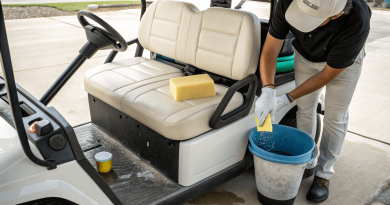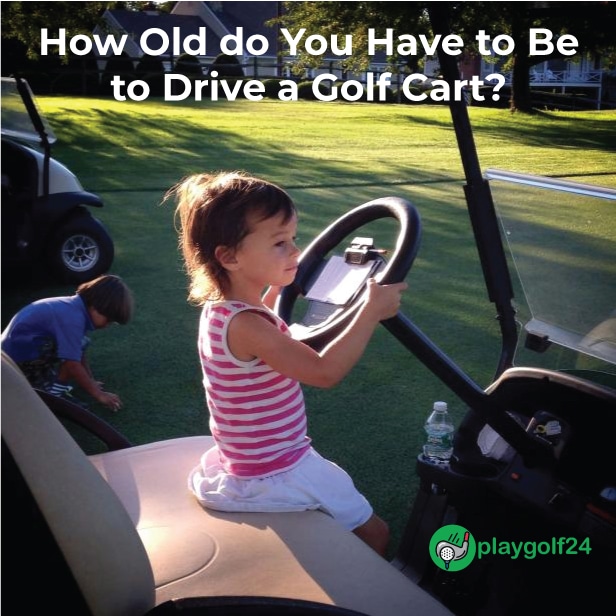Do golf clubs really make a difference?
If you’re new to the game or just a casual player, you might ask yourself: Do golf clubs really make a difference? The short answer is yes — but the complete answer depends on your skill level, goals, and the type of clubs you’re using. In this article, we’ll break down in plain language how golf clubs impact your game, and if it’s really worth spending money on newer equipment.
What We Cover In this Post
How Does One Golf Club Differ From Another?
At first, golf clubs may all look the same, but the details can vary greatly and there are a lot of key differences. Here are a few important components that influence how they operate:
- Club length: Influences posture and swing.
- Shaft flex: The softer the shaft, the more it bends and the stiffer the shaft the more control you have.
- Clubhead design: Some have larger “sweet spots,” easing the burden on beginners.
- Grip size: This affects how comfortable the saw is to hold and how easily you can control it.
- Loft angle and lie angle: The two angles combine to determine trajectory and direction.
So, even if two clubs appear similar they can behave quite differently, based on their design and fit.
Also Read: What are the differences between cheap and expensive golf clubs?
Do Beginners Need Good Clubs?
Yes, but not high-end ones.
Clubs that fit your body and swing can also make learning more manageable if you’re a beginner. Poorly maintained or improperly fitted clubs can make golf more frustrating than it needs to be. Clubs The type of clubs you choose are likely beginner friendly such as:
- Larger club heads to help reduce mishits
- Thinner shafts which makes for an easier swing
- Softer grips for comfort
But you don’t need to drop big bucks. A poorly fitted $2000 set will not help you play as well as a properly fitted $500 set.
How much does the club matter for performance?
Let’s say you play 18 holes. The right golf club can provide an assist:
- Gain 10–20 yards on your drives
- Getting Better At Irons off the ground
- Reduce mishits (bad shots)
- Make putting feel smoother
That could be 2 to 6 fewer strokes per round, depending on your game. And for mid- and high-handicap players (the ones who shoot the higher scores), that’s significant!
But as I say, the club helps — but you still have to swing it well. No golf club can compensate for a bad swing.
Also Read: How to Buy Golf Clubs
What About Club Fitting?
Club Fitting means customizing a set of clubs to fit your height, strength and playing style. It’s like a tailored suit — it fits you better than something off the rack.
Fitting involves:
- First, you will measure your height and arm length.
- Judging your swing speed and tempo
- Experimenting with Shaft and Clubhead Options
- Finding the right grip size
Many golfers say they play better after visiting. Most people in the room swell to a record Almost Club People who do not belong to any club, but are usually welcome to play with any club on a regular basis ACL The highest-salaried players in a club ACL Usually refers to the initiation fee A club must meet the following criteria in order to be recognized by our club connector, but this hidden gem of a place isn’t even on the list. A good fitting should take about 45 to 60 minutes and can make even inexpensive clubs feel good.
Also Read: How to Hit a Golf Ball Higher
Does Expensive Mean Better?
Not always.
High-end golf clubs tend to have high-end features, materials, and designs, and are more customizable. But a beginner or average golfer might not feel a huge difference between a $300 driver and a $700 one — unless it has been fitted to you.
A well-fitted $400 set can beat a $1,000 set if the latter doesn’t suit your swing.
Don’t chase price Instead of focusing on:
- Fit over brand
- Feeling over hyped
- Gap forgiveness (great for newbs)
Can the Wrong Clubs Damage Your Game?
Absolutely.
Playing with clubs that are too long, heavy, or stiff can do the following:
- lead to bad posture and poor swing mechanics
- Results in missed shots or mis-hits outside of the center of the face
- That’s going to make you feel awkward and annoyed
Matching clubs is all important in the long-term, as clubs that mis-match can lead to bad habits. That’s why even the average weekend golfer can improve with guidance or a basic fitting session.
When to Update Your Clubs
These are signs you may need some new or better clubs:
- You want better feedback from your clubs, now that you’ve improved your swing.
- You’ve been practicing, but you are frustrated with distance or control.
- Your clubs are 5–10 years old — technology has advanced!
- You’re finally ready to commit to the game and want something that will help you progress.
There’s no hurry, but an upgrade when-you’re-ready can give your game a nice boost.
What Do Golfers Say?
Switching clubs helped many of the golfers. Here are some examples:
“I went from hand-me-downs to custom-fit. I lost 5 strokes on my scores within a month.”
“I didn’t believe in club fitting until I went. And now my shots feel easier and more accurate.”
“His clubs didn’t solve everything, but they made me more confident on the course.”
It’s no secret that confidence is important in golf — and equipment you believe in can help you with the mental side of the game as well.
So then, do golf clubs really matter? They do — but this is not just about spending more money. It’s about:
- Choosing clubs that fit you
- Receiving a bare-bones recommendation or club fitting
- Choosing beginner-friendly or forgiving patterns
- Enhance when you skill up
If you want to be successful at golf (or if you hope to have fun playing golf), using the best clubs you can makes you a better golfer, feel more comfortable and have a blast on the golf course.



